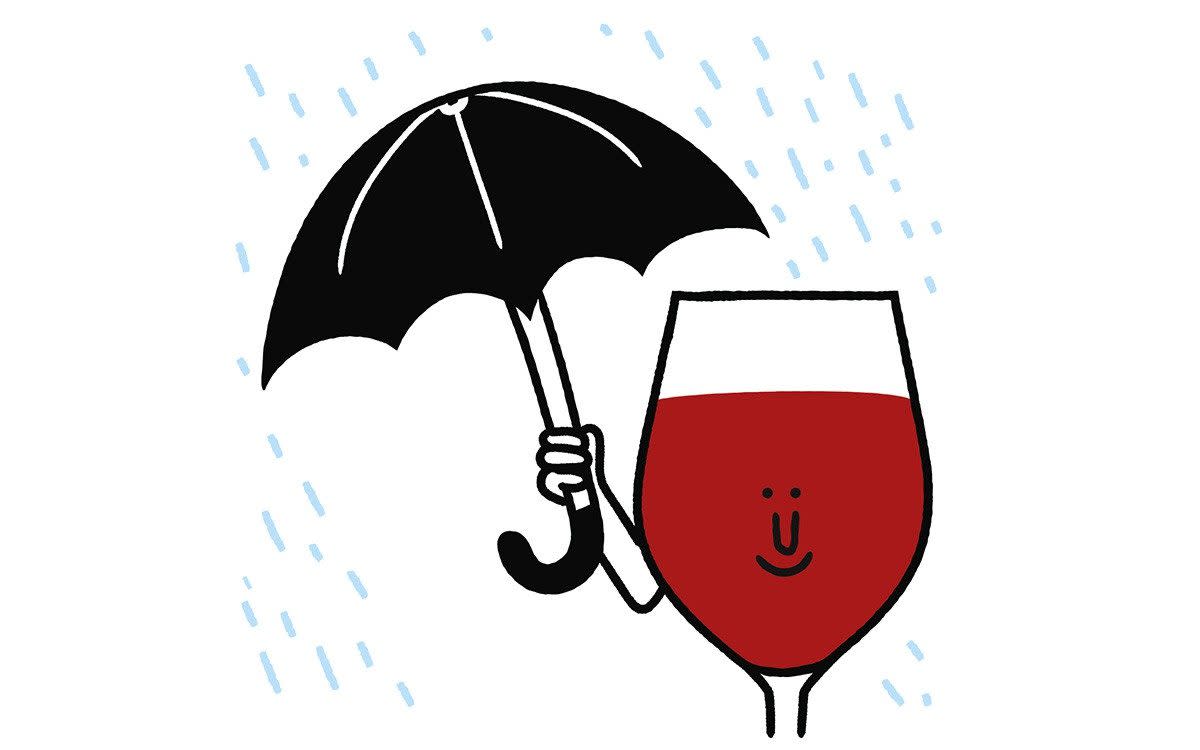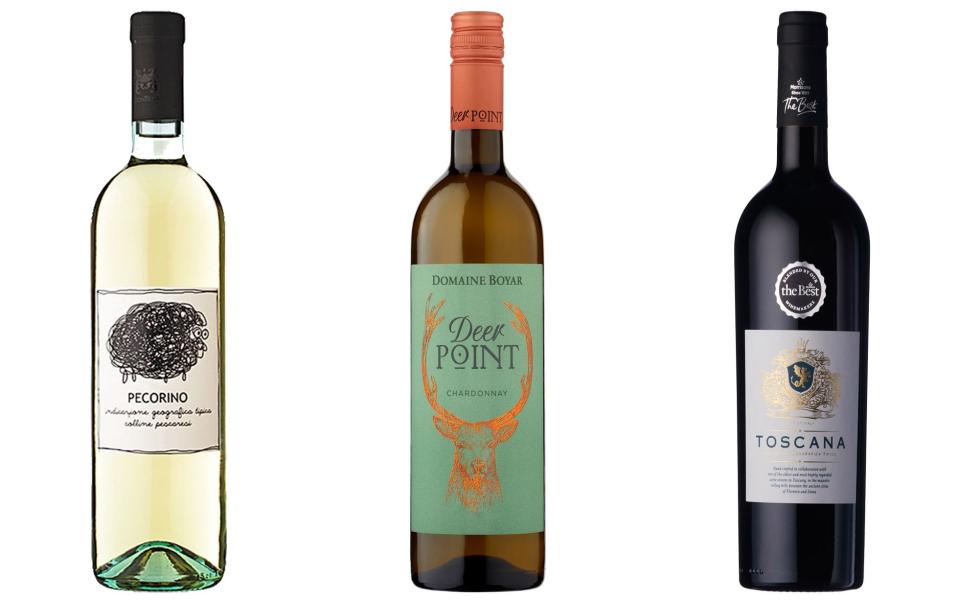Beat the winter blues by drinking chilled reds with hot food

Look for me on a weekend as January crawls into February, still too dark, still too grey, and chances are you will find me marching or cycling around a park or along a riverbank before settling down to lunch with friends: a hearty plate of food and a glass of wine. For me this isn’t a moment for pyrotechnics or show-off bottles.
After a few weeks of easing off on units, I’m not in the market for a super-cheap bottle, either. The aim is to have a simple, nourishing meal and a decent red with a bit of soul.
The other day we walked around a soggy Kew Gardens then went back to a friend’s kitchen for platefuls of sausages with lentils. I had taken a bottle of Domaine Joël Remy Bourgogne Rouge Pinot Noir 2020, bought from Lea & Sandeman (12.5%; £19.50 single bottle price or £17.50 by the mixed case).
This is an honest and sturdy red Burgundy. It tastes of being outdoors, has a bit of chew and dust on the palate, and enough sappiness – a smell of red berries and a bite of acidity – to remind the drinker that spring will one day be on the way.
Beaujolais from a family producer in one of the sturdier crus will work in the same vein. Its mineral edge and sense of sap makes me think of pale bulb shoots pushing up through cold earth. Beaujolais, made from the gamay grape, is light to medium-bodied and Morgon is the cru that produces the densest wines, so I like to go for that for a bit of bolster on a cold day.
Domaine Jean-Marc Burgaud Morgon Côte du Py 2020 (13%; The Wine Society, £14.95) comes from the most famous slope in Morgon and is excellent. Drink it, slightly chilled, with coq au vin (cooked in red wine, not riesling), mashed potatoes and the iron tang of steamed spinach on the side.
I like the bracing effect of cold wine and hot food in winter. It’s standard to chill Beaujolais. We don’t normally think of chilling reds from the Douro, the Portuguese valley best known for making port, but one that could be served with a frisson of a chill is Niepoort Vinhos Vertente 2018 (12.5%; Tanners, £24).
Niepoort makes excellent, interesting wines (as well as ports); this is a blend of tinta roriz, touriga franca and others and it is matured in older oak, but you’ll see from the alcohol level that this isn’t a hefty wine and the oak is delicately done too, making for an elegant, intriguing, refreshing red.
Vertente is another candidate to accompany sausages with lentils. You could also serve it with a simple fish and tomato stew, fresh crusty bread and green leaves, or with the earthiness and creaminess of a warm lentil and mozzarella salad if you’re looking for a meat-free choice.
A fourth cold-weather option is Tesco Finest Valpolicella Ripasso 2020, Italy (13.5%; £11), a much richer pick, all sweet-and-sour amarena cherries with a hint of balsamic, cedar and nutmeg. For a winter weekend lunch, I like to put this with bitter red leaves. Try this red wine with the creamy astringency and smoke of a pancetta and radicchio risotto or do a big, tomato-rich lasagne and serve it with a side of fennel and griddled red chicory dressed with olive oil and balsamic vinegar.
Try these...

Contesa Pecorino 2021, Colline Pescaresi, Italy
(13%; Majestic, £9.99 or £7.99 in a mixed six)
A crisp, refreshing white, this has a smooth texture and flavours of lemon zest, lemon mousse and bay leaves.
Deer Point Chardonnay 2021, Bulgaria
(12%; Booths, £6.50)
A cracking budget white: it’s rounded, with a touch of wood spice, and could be poured with a Parmesan, cauliflower and chicken traybake.
The Best Toscana 2019, Italy
(13.5%; Morrisons, £10)
A super unoaked red from the Chianti producer San Felice, it’s almost half sangiovese, blended with merlot, cabernet sauvignon and some pugnitello.
Read last week's column: Contemporary rieslings to drink on cold nights – with or without dinner

 Yahoo News
Yahoo News 
